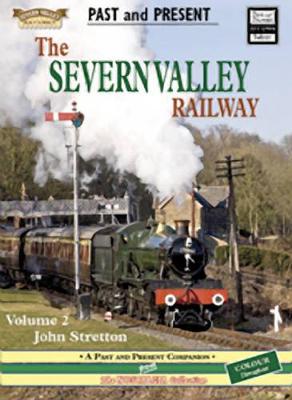British Railways Past and Present Companion S.
2 total works
Having survived for over two decades as a horse drawn operation, shipping slate downhill between Blaenau Ffestiniog and Portmadoc and the empties back up the line, the Ffestiniog Railway was forced by constantly increasing loads and weight to switch to steam locomotives. Four 0-4-0STs - Princess, Prince, Welsh Pony and Little Wonder - were received from George England Co. in 1863 and immediately made their presences felt, producimg a step change in the railway's fortunes. This continued over the next decade, leading to orders for more powerful motive power, with delivery of a further 0-4-0ST - Palmerston - and the first of what would become the iconic emblem of the railway, Robert Fairlie's patent double-engines. As has been asserted on several oocasions, the Festiniog have always been at the forefront of forward thinking and innovation and this has continued through to the present day.
2013 sees the celebration of 150 years of steam and this book, a third vloume in Nostalgia Collection's Past & Present series, features a focus on the locomotive fleet, as well as showing a number of comparative views through the years, but there are also views that deserve to stand alone on their merit. What the book does show is both progress in the past by the railway and the health of current operations to take them into the next 150 years!
2013 sees the celebration of 150 years of steam and this book, a third vloume in Nostalgia Collection's Past & Present series, features a focus on the locomotive fleet, as well as showing a number of comparative views through the years, but there are also views that deserve to stand alone on their merit. What the book does show is both progress in the past by the railway and the health of current operations to take them into the next 150 years!
Much has happened on the Severn Valley Railway since Volume 1 was published, not least the potentially disastrous 2007 flooding and the construction of The Engine House, and these feature in this new "Past and Present Companion". Although the railway achieved its full length, from Bridgnorth to Kidderminster, in 1984, there continue to be many exciting developments: the roofing of the concourse at Kidderminster, the erection of a footbridge at Highley, the proposed GBP400,000 diesel shed at Kidderminster, the exploration of a commuter service between Bewdley and Kidderminster, and the first-ever direct run from Bridgnorth to Marylebone on 15 August 2009, in conjunction with Chiltern Railways. All these topics and many more are covered in this in-depth survey of the line as it was in GWR and BR days, and the changes wrought since then, not only on the preserved section, but the lost stretches that have returned to nature. John Stretton has been granted extensive access to the SVR, and the contrasting views of the past and present demonstrate the vitality of the railway and the huge support it receives from its members, the public and the various grant-awarding authorities.
Once more he has produced a book as full of interest to the railway enthusiast as to the casual visitor.
Once more he has produced a book as full of interest to the railway enthusiast as to the casual visitor.

